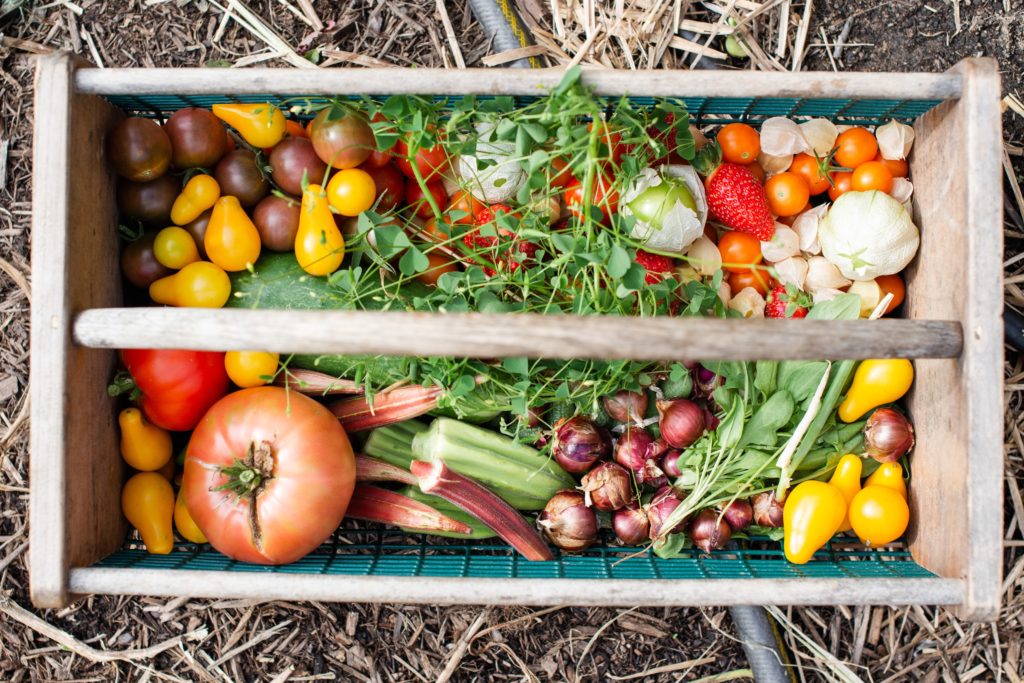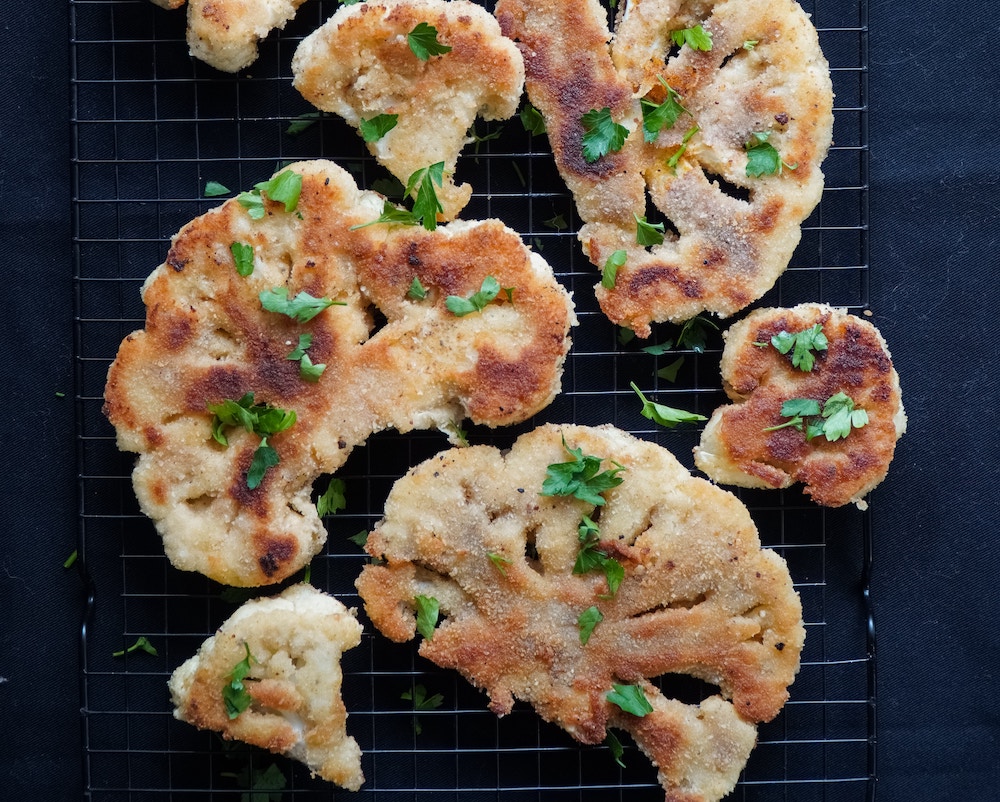 There have been many times that I’ve been in the grocery store about to fill my cart, when I notice that the organic produce I picked was shipped all the way from some far flung place. The further an item has to travel to get to my grocery store, the greater the negative impact it has on the earth.
There have been many times that I’ve been in the grocery store about to fill my cart, when I notice that the organic produce I picked was shipped all the way from some far flung place. The further an item has to travel to get to my grocery store, the greater the negative impact it has on the earth.
Being the good environmental stewardess that I try to be, I go for the local produce instead. But alas, it is conventionally grown– meaning there is the risk that it is genetically modified or covered with pesticides. The horror! What am I to do?
The health-conscious side of me wants to go for the organic, but sustainability points me in the direction of the local product. So which factor holds greater priority if you can only choose one?
Well, the answer to this question is far from black and white. It really depends on your circumstances.
In my case, I tend to follow these principles when grocery shopping.
Is it one of the dirty dozen? If so, buy organic.
The dirty dozen is a list provided by the EWG of the top 12 most contaminated fruits and vegetables. If you’re going to buy anything organic, make sure it’s these guys. Most of them have thin skin or peels that do not provide much protection against pesticide and they are mainly eaten in their whole state.
Know your GMO’s.
GMO’s (genetically modified organisms) are linked to a variety of health concerns. Unfortunately, it is not yet mandatory in the United States to label items as GMO. Take that into consideration when buying corn, potatoes, zucchini, and soy. These crops are the top culprits of genetic engineering, so I like to stay on the safe side and buy only organic when getting these items.
For other products, choose local whenever possible.
Clean any conventional produce very well.
I eat almost every part of my fruits and veggies- yes, even the skins and stalks. I don’t like to waste anything! This makes it especially important for me to wash all my produce thoroughly. A simple solution of vinegar, baking soda, and water is all you need to rid your food of most remaining pesticides. Just spray on the produce, let sit for a few minutes, and wash off.
Peeling also does an adequate job of removing residual chemicals.
Scout out farmer’s markets and ask lots of questions.
Just because something is at a farmer’s market does not mean that it is the quality you are looking for. That’s why it’s so important to ask in detail about what you’re buying. Many assume that everything sold at farmer’s markets is local and/or healthy when that’s not always the case.
I am very lucky to have a great market in my town. I go regularly and have developed relationships with many of the vendors. By talking to them, I make sure that the products they sell were grown by them and do not contain harmful fertilizers or pesticides.
There are, however, some markets that sell goods that they buy wholesale from other areas. If it is not made clear that something is from the area, be sure to ask. A telltale sign that often goes overlooked is if you spot a product that is not native to your region!
The other thing to be aware of is what kind of farming practices are used on the produce. Many small-scale farms make an ethical decision to follow certain practices such as avoiding sprays. But keep in mind that there are also some small farms that use just as many chemicals as the big guys.
Labels such as “natural” really don’t mean much in the world of farming. The only way to ensure a product is clean is if it is certified organic. One exception for this is farmers who do not want to part with the time or money that it takes to get certified but still use organic-style methods. If this is the case, they will most likely tell you.
Shop seasonally.
As much as I love tropical fruits, I know that they are not the most sustainable option. Fruits and vegetables that are in season where you live are more likely to be local (since they are readily available in the area). This makes a big difference if you want to maintain an eco-friendly kitchen.
If you don’t have the resources to buy local or organic, it is not the end of the world. Eating any fresh produce (regardless of where it’s from) is always better than eating none. But when you do find yourself choosing between organic and local, remember these principles. Your body will thank you, as well as the earth.
Related articles: What You Need to Know About Pesticides
Think Globally, Act Locally: How to Apply Farm to Table
The Good Earth – Healthy Eating for My Daughter
__
Photo: Unsplash




